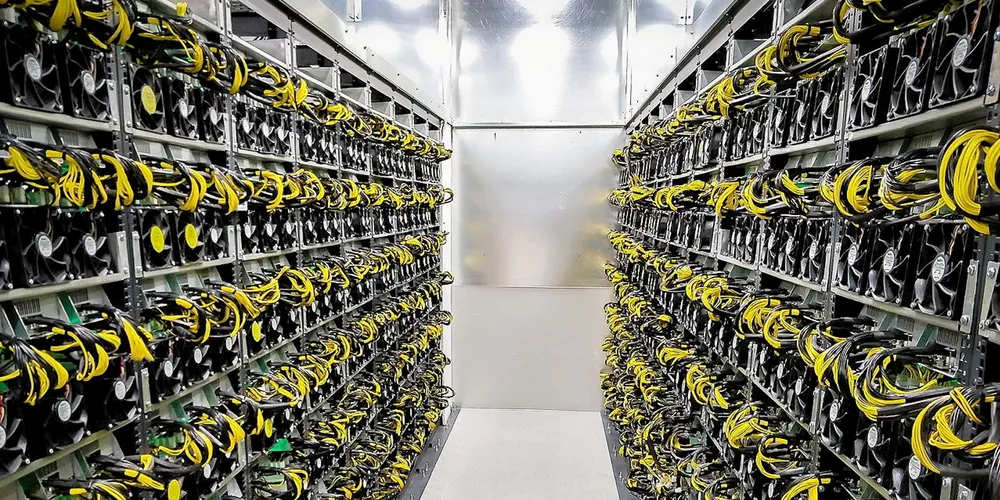Why crypto could be green power's unlikely new best friend
OPINION | Cryptocurrency mining could provide electricity demand when prices would otherwise dip to zero or negative, helping renewable energy sources remain profitable, writes Joe Hayden

OPINION | Cryptocurrency mining could provide electricity demand when prices would otherwise dip to zero or negative, helping renewable energy sources remain profitable, writes Joe Hayden
